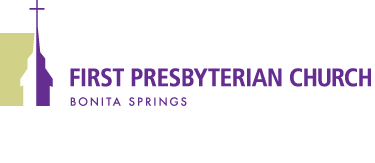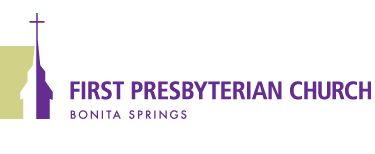by Pastor Doug Pratt
 How can we know God when He is invisible? How can we grasp something so huge, so unlimited, and so distant as the Creative Force who made the immeasurable universe by His awesome power and brilliant design? It is the puzzle that has stumped the human race from the beginning of our consciousness. Not only is God invisible to us, He has become relationally and personally distant because of human sin and disobedience. While unblemished man and woman lived in constant, intimate fellowship with their Creator, their rebellion broke that bond. Sin erected a veil between us and God which prevented us from seeing Him clearly.
How can we know God when He is invisible? How can we grasp something so huge, so unlimited, and so distant as the Creative Force who made the immeasurable universe by His awesome power and brilliant design? It is the puzzle that has stumped the human race from the beginning of our consciousness. Not only is God invisible to us, He has become relationally and personally distant because of human sin and disobedience. While unblemished man and woman lived in constant, intimate fellowship with their Creator, their rebellion broke that bond. Sin erected a veil between us and God which prevented us from seeing Him clearly.
That distance between the Holy Deity and mortal humanity was clearly symbolized by the veil or curtain that was erected to separate people from the Holy of Holies in the heart of the ancient Jewish temple. The veil could only be pushed aside once a year on the Day of Atonement. Only on that day was the High Priest authorized to, on behalf of his own and his people’s sins, take a sacrifice into the holy presence to seek forgiveness. Only on that day was access beyond the veil granted—if an innocent lamb was sacrificed. All other days it stood as a reminder that God was unapproachable.
At the moment Jesus took His last breath on the cross, the temple veil was split apart from top to bottom. The ultimate, once-for-all innocent Lamb had been sacrificed. To the shock and dismay of the keepers of the Old Testament temple and its restrictions, the way was now open for all people to approach God, not just a priest. Free access was granted on all days, not just a high holy day. From God’s perspective, we were now reconciled to Him and the sin and rebellion of mankind was paid for.
But there is a second, metaphorical veil that the New Testament talks about. The way may be clear for us to approach God, but we must choose to do so. The Apostle Paul, speaking of his frustration with those who hear of Christ’s work on the cross and ignore or reject it, wrote that unbelievers have “a veil that covers their hearts” (2 Corinthians 3:15, NIV). Sin and self-orientation are like veils over our spiritual eyes that prevent us from seeing things as they really are. The grace of God is there for any who chooses to receive it and enjoy it. But sadly, those who are blind cannot see it.
When we choose to believe and trust in Christ, that inability to see God begins to decrease. Paul says in the same passage, “Whenever anyone turns to the Lord, the veil is taken away.” As we grow more and more in our faith, our spiritual sight becomes clearer. As the light of God’s Word shines into us, we can understand life and the things that happen through a different perspective. We can face challenges knowing that we are not alone, that God is with us. We can see ourselves not just as sinners who have much to be ashamed of, but as forgiven sinners who have much to be grateful for. We can face our mortality—no longer with a terror of nothingness but with the hope of an eternal life awaiting us.
St. Augustine, a devoted convert from paganism to Christianity in the 5th century, wrote these timeless words as a prayer:
“O God, You have created us for Yourself. And our hearts are restless until they find their rest in You.”
Because the veil separating us from God has been removed by Christ, we can choose at any time to lift the veil of unbelief that prevents us from coming to Him. We can, once again, experience that deep rest of being in a secure relationship with our Creator.

